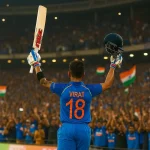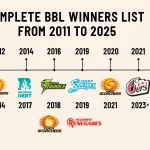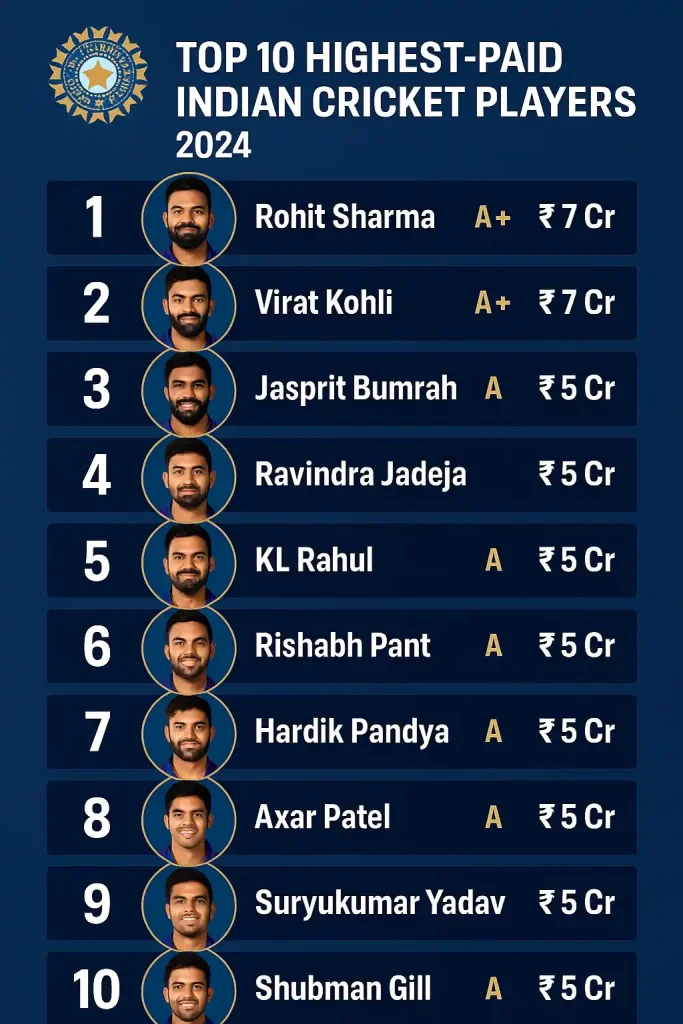
To see modern India, you needn’t glance at the parliament; the dressing room is more indicative of the socio-economic zeitgeist. This is because the Indian cricket team has, and continues to be, a cultural juggernaut. In the year 2024, they are more than just the pride of the nation– they are a major driver of economic influence. The impact is visible, and the Indian cricket team’s salaries make this even more transparent. While centuries and wickets are celebrated, the greater question remains: who are the highest earners and what do they do to rank on the pay scale?
The societal perception of Indian cricketers today is that they are high level athletes who capture the attention of a global audience. Their endorsement deals range from technology companies to spearheading political campaigns. However, life isn’t rosy for all of these athletes. The BCCI operates a graded contract system where the lump sum annual payments alongside match payments, endorsements, and IPL revenues create a form of brutal capitalism where the top performers benefit immensely. At the same time, the other players scramble for relevance.
How the Salary Structure Works for Indian Cricket Players
Before we dive into who’s making what, it’s worth understanding the framework. The BCCI’s central contracts are divided into four grades:
- Grade A+: ₹7 crore/year — reserved for the absolute stars
- Grade A: ₹5 crore/year — key players across formats
- Grade B: ₹3 crore/year — consistent contributors
- Grade C: ₹1 crore/year — fringe players and rising talent
These are retainers. On top of that, players earn match fees:
| Format | Match Fee per Game |
| Test Match | ₹15 lakh |
| ODI | ₹6 lakh |
| T20I | ₹3 lakh |
And then there’s the real wild card: the Indian Premier League. IPL salaries often dwarf BCCI retainers. A few weeks in April-May can pay more than an entire year of international cricket.
The Highest-Paid Indian Cricket Players in 2024
As of this year, only three players hold the elite Grade A+ contract — Rohit Sharma, Virat Kohli, and Jasprit Bumrah. That alone puts them in the ₹7 crore club, not including match earnings. But that’s just the tip.
Let’s look at the top 10 highest earners combining BCCI contracts, match fees, and IPL salaries:
| Player | BCCI Grade | Estimated Annual Earnings (₹) | IPL Team | IPL Salary (₹) |
| Virat Kohli | A+ | ₹36–38 crore | RCB | ₹15 crore |
| Rohit Sharma | A+ | ₹33–35 crore | MI | ₹16 crore |
| Jasprit Bumrah | A+ | ₹30–32 crore | MI | ₹12 crore |
| Hardik Pandya | A | ₹28–30 crore | MI | ₹15 crore |
| KL Rahul | A | ₹26–28 crore | LSG | ₹17 crore |
| Ravindra Jadeja | A | ₹24–25 crore | CSK | ₹16 crore |
| Rishabh Pant | B | ₹22–24 crore | DC | ₹16 crore |
| Shubman Gill | B | ₹21–22 crore | GT | ₹10 crore |
| Suryakumar Yadav | B | ₹20–21 crore | MI | ₹8 crore |
| Mohammed Siraj | C | ₹18–19 crore | RCB | ₹7 crore |
Notice the gap? While BCCI contracts remain somewhat linear, the IPL is where the market truly decides your value. You might be a B-grade contract holder, but if you’re match-winning in the IPL, you’re cashing in like royalty.
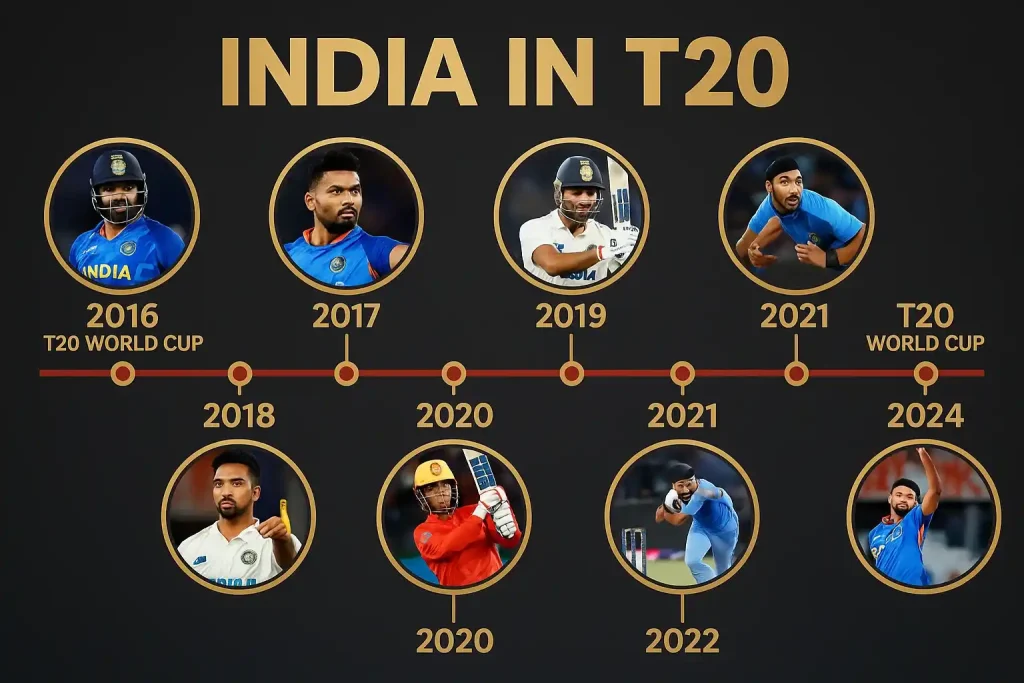
Endorsements, Extras, and the Influence Game
Cricket is only part of the paycheck. Many Indian cricket players now earn as much — if not more — from endorsements. Kohli reportedly charges ₹8.5 crore per Instagram post. Rohit, Jadeja, and KL Rahul aren’t far behind with multi-brand deals ranging from beverages to NFTs.
There’s also a new financial ecosystem brewing around social media, YouTube appearances, brand ambassador roles, and private equity stakes in startups. The top players are not just athletes — they’re lifestyle influencers and investors.
Some have even begun structuring their income through personal corporations to better manage taxation and overseas revenue. In short, we’ve moved way past “cricketer” as a label. This is a class of sports businessmen.
Does the Pay Reflect Performance?
This is where it gets murky. Fans love to ask — does Shardul deserve ₹10 crore in the IPL? Why isn’t Ashwin in Grade A? Why is someone benched for half the season still raking it in?
The answer lies in the hybrid nature of cricket today. The BCCI looks at consistency across formats. IPL teams chase short bursts of impact, media value, and team balance. It’s not always fair. But it is the market.
And players know it. That’s why workload management is now as much about maximizing performance as it is about maximizing revenue. A break from a bilateral T20? It’s often about keeping fit for that ₹16 crore IPL run.
The Gender Pay Gap: India’s Women Cricketers
This conversation can’t end without addressing the elephant in the room. Despite recent strides, the pay gap between male and female Indian cricket players remains massive.
Here’s a snapshot:
| Category | Men’s Pay (₹) | Women’s Pay (₹) |
| Grade A+ Retainer | ₹7 crore | ₹50 lakh |
| Test Match Fee | ₹15 lakh | ₹15 lakh |
| ODI Match Fee | ₹6 lakh | ₹6 lakh |
| T20I Match Fee | ₹3 lakh | ₹3 lakh |
Thanks to reforms in 2023, match fees have reached parity — but central contracts remain deeply unequal. Top women players still earn less in a year than a mid-tier IPL player does in a fortnight.
That said, the Women’s Premier League (WPL) has opened up a new frontier. Players like Smriti Mandhana and Harmanpreet Kaur are breaking into endorsement deals and franchise valuations. But it’s a slow climb.
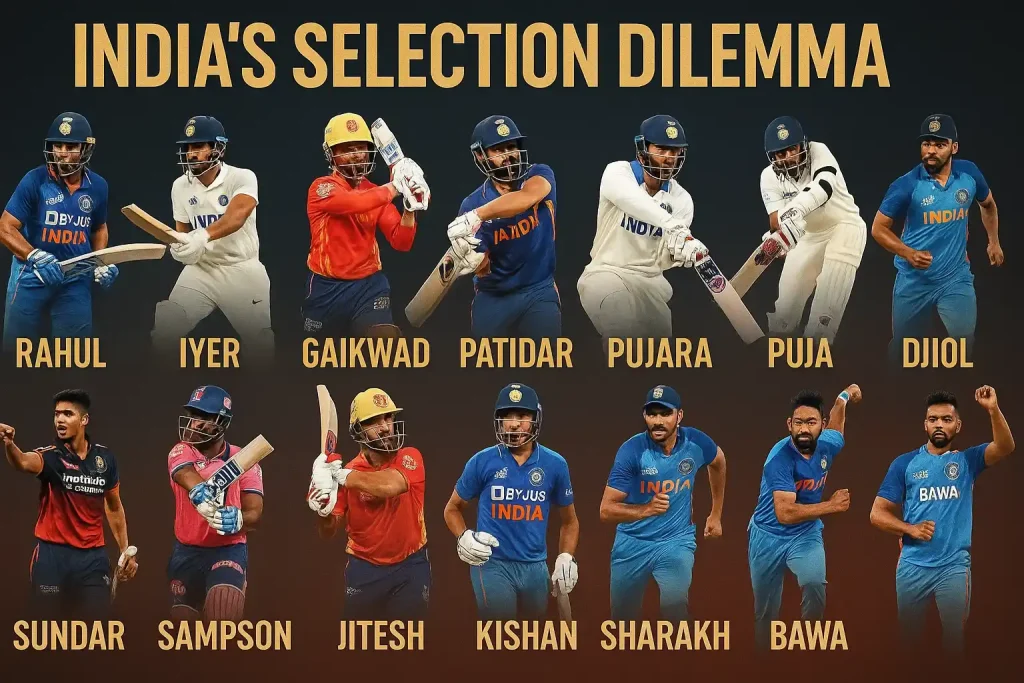
Conclusion: What Wealth, Sachin Tendulkar’s Legend, Celebrates, and The Future Holds For Indian Cricketers.
Indian cricketers’ remuneration is a window into India’s adulation with stardom, India’s obsession with economy, and new-age athletes navigating the infamy of social media. From memes to match fees and from crypto startups to centuries, the life of a cricketer in 2024 is part venture capitalist, part athlete, and a full-time public figure/brand.
Earnings accompanied by economic blips and cricketers reining in perilous expectations. Now, every catch, every duck, every injury translates also to brand failure. For aspiring athletes training at rural nets or small towns, the narrative watching is dismal. While financial ceilings are unprecedented, the reality is that there are burdens of expectations.
The Hindi name for cricket translates as ‘the bat and the ball’; as such, the sport carries with it centuries of value and culture. Today, it is an industry worth billions of dollars. Players form the nucleus of the investment. They redefine the emblem blazoned on their jerseys — donning their nation’s colors.

Meet Arjun Kushaan, a passionate cricket analyst at The Cricket24x7. From street matches in his childhood to competitive college tournaments, cricket has always been a central part of Arjun’s life. With a strong background in data analysis and a natural affinity for numbers, he brings a fresh, analytical lens to the game. At The Cricket24x7, Arjun blends his deep love for cricket with his data-driven approach to deliver detailed insights and well-rounded coverage for fans of the sport.

